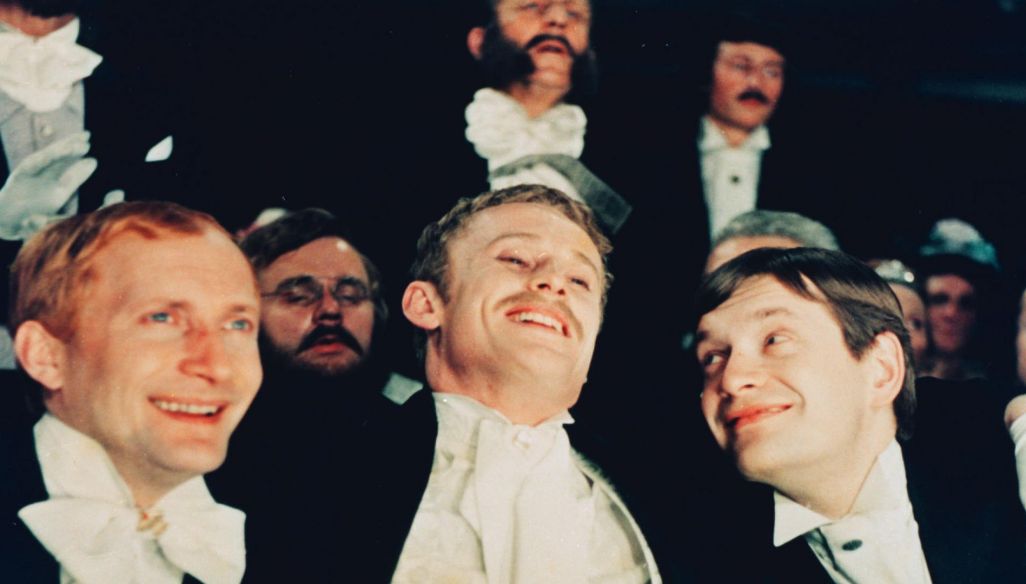While the influence of the Łódź Film School on European cinema continues to be a topic of ongoing debate, there is something truly distinct about the way films from 20th-century Poland resonate with the soul. Though I have not maintained a regular film-watching routine for some time now, it has also been a while since I penned a reader-oriented piece. This essay aims to focus on “The Promised Land (Ziemia Obiecana),” but I found myself struggling to fully articulate my thoughts on the film. In trying to sharpen my dulled pen, I ask for your forgiveness for any flaws or imperfections that may have crept in.
Directed by Andrzej Wajda and filmed in 1975 in the city of Łódź, the film took until March 23, 1991, to be screened in Turkey (according to Wikipedia). It is based on a novel of the same name by Nobel Prize-winning Polish author Wladyslaw Stanislaw Reymont.
The film sheds light on 20th-century Łódź, but its story traces back even earlier, with the original cinematic adaptation made in 1927. However, it is Wajda’s 1975 version that remains most discussed. To grasp the core premise of the film is essential.
Every story has its heroes, and in this film, we are accompanied by three main characters: a Pole, a German, and a Jew. These friends, despite their cultural and professional differences, come together to establish a textile factory in Łódź, a city renowned for its textile industry at the time. But deciding to build a factory is one thing—actually achieving it is quite another. The one key thing needed—money—is something our trio does not possess.

How, then, do these three friends manage to build a factory without the means? While this question won’t be the focus of this piece, the best way to uncover the answer is by watching the film.
The film, set in the late 19th century, offers multiple perspectives on the harsh spread of capitalism. Alongside the suffering of the Polish people, grappling with hunger and poverty, the film vividly portrays a city deeply affected by the merciless advance of capitalism (if such a thing can ever be anything but merciless).
Before you say it, I’ll note it myself: the three protagonists are undoubtedly symbolic. As is often the case in art cinema, these characters’ stories gain richness when read alongside the backdrop of historical and socio-economic narratives.
In “The Promised Land,” director Wajda portrays the transition from feudal to capitalist modes of production, highlighting shifts in property relations and the emergence of new capital and the bourgeoisie. As this new bourgeois class continues to form, workers remain trapped in precarious positions, often to the point of life-threatening insecurity. Factories that are unsuitable for labor, near-slavery working conditions, and profit-driven factory owners and their enforcers define this harsh reality.
Of course, watching “The Promised Land” without an understanding of history or sociology could hinder a viewer’s appreciation of its depth. It helps to know Poland’s history of occupation, first by the Nazis and then by the Soviets, and the struggles of enduring oppressive totalitarian regimes. Lacking this context could leave gaps in one’s interpretation of the film.

Leave a Reply